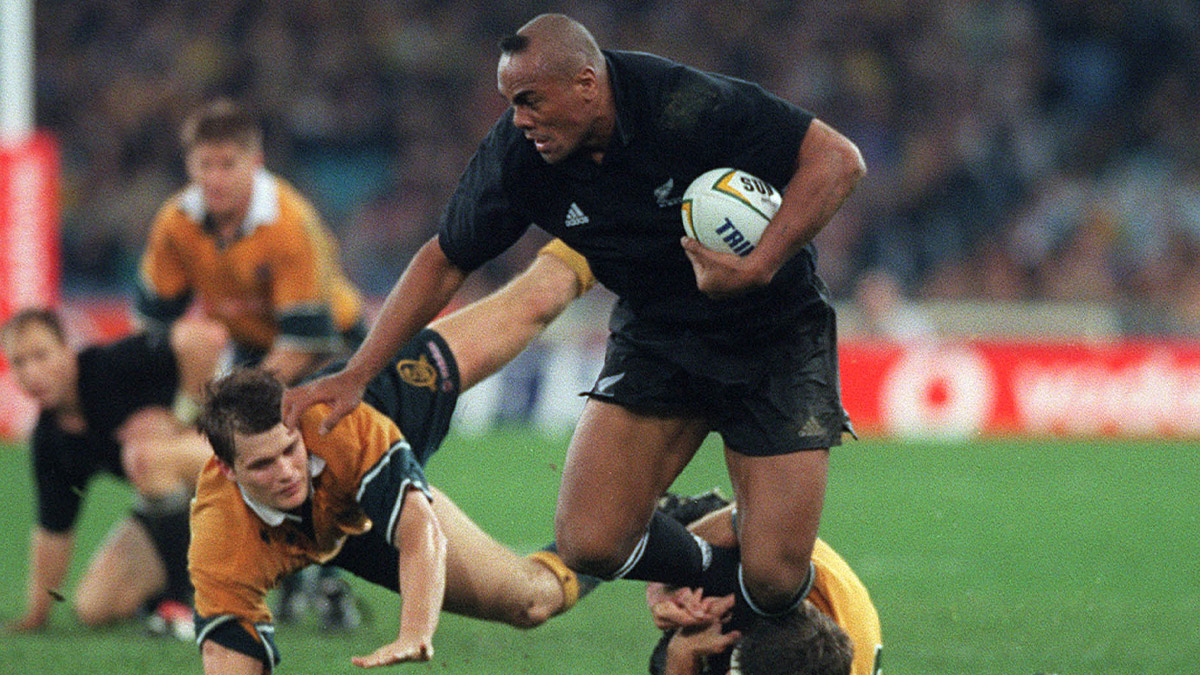T.Rowe Price: How to shake off the market jitters and position for FY22

(Pic: Getty)
Local markets started this week with a case of the jitters, as the ASX200 posted its worst daily result in over a month with a fall of 1.81% — only the seventh decline of 1% or more so far this year.
Monday’s falls followed a rough session on Wall Street, after US Fed committee member Jim Bullard suggested interest rates might rise as early as 2022 (instead of 2023).
Since then, markets have steadied. But if stocks are that sensitive around central bank commentary, is it a sign of more volatility to come?
To get a pro investor’s thoughts on the second-half outlook, Stockhead spoke this week with Randal Jenneke – Head of Australian Equities at global fund manager T.Rowe Price.
Market adjustments
For starters, he put some context around the recent talking points, where US inflation prints have taken centre stage among analysts.
One of the most important things for investors to understand is that the peak for growth and inflation is probably happening “right now”, Jenneke said.
“It’s probably going to peak in the next quarter, and we’ll see some pretty strange and unusual numbers,” he said.
“So that’s what’s got the market focused around the issue of — is this temporary, or are we going to see more durability to inflation?”
If inflation remains stubbornly high, it will change the rates outlook which currently underpins global liquidity settings.
Is Jenneke preparing the T.Rowe Price portfolio for higher inflation?
“Personally, I think that’s unlikely,” he says.
“There’s just a lot of unusual factors that have driven these numbers, and they’re going to fade over the second half of this year and into 2022.”
Jenneke acknowledges that as the world emerges from the pandemic, economic growth is picking up. But the key point for investors to consider at this juncture is the rate of future change.
“What it’s likely to mean is that earnings growth will probably be solid, and economic growth will be solid but it’s going to be slower,” he said.
And that lies at the crux of what markets are trying to figure out right now, rather than the scenario where inflation runs hot and interest rates rise unexpectedly.
“That dynamic is largely what we’ve seen over the past week, as the market started to think about positioning for this kind of environment,” Jenneke said.
Portfolio shifts
In line with the shift, Jenneke has trimmed positions in the ASX’s two largest sectors – banks and miners – which are now underweight in the T.Rowe Price portfolio.
In place of cyclical and value stocks, he’s adding positions in quality and growth.
“I’d make the point that healthcare is a sector that really lagged in 2020,” he said.
“And I think the fundamentals there are really going to improve as we get into the second half of this year.”
One stock he highlighted is US-based medtech business ResMed (ASX:RMD), which makes medical devices used in the treatment of sleep apnea and other respiratory diseases.
Shares in the company got a boost last when US competitor Phillips announced a product recall, but Jenneke thinks broader healthcare tailwinds are forming.
“Even that (product recall) aside, I think the fundamental path for businesses like this are improving as the US economy recovers and gets back to normal,” he said.
Another stock that stood out at the start of this week while the big banks got sold off is Afterpay (ASX:APT) – perhaps the bellwether for high-growth tech names that ran hot in the pandemic bull market.
And Jenneke said the macro backdrop for growth stocks should remain more supportive in H2 2021 than it was earlier in the year, when rising bond yields prompted a short-term revaluation.
However, “what’s really important for any high-growth stock is that you get the delivery of the those high-growth expectations”, he says.
“So I think that’s just as important as the bond yield environment. You need APT to continue to grow at very high rates to justify that share price performance.”
“In their case, we think they can do that. But I think that will be the key for this part of the market to do better going forward.”
As FY21 draws to a close, he said investors should be on the lookout for more profit updates across the board heading into reporting season.
“I wouldn’t be surprised if we see a number of Australian companies in particular come out with some pretty good profit news over the next few weeks,” he said.
And while FY21 numbers might be strong in the wake of Australia’s v-shaped economic rebound, markets are always forward-looking.
In that sense, ASX results are less important that what management thinks will happen over the next 12 months.
“That’s where the focus will be. Particularly in this really strange environment that we’ve been through with economies shutting down, then reopening,” he said.
“I think investors will be really interested to see what the company outlook is, in light of that unique operating environment.”
Related Topics

UNLOCK INSIGHTS
Discover the untold stories of emerging ASX stocks.
Daily news and expert analysis, it's free to subscribe.
By proceeding, you confirm you understand that we handle personal information in accordance with our Privacy Policy.








